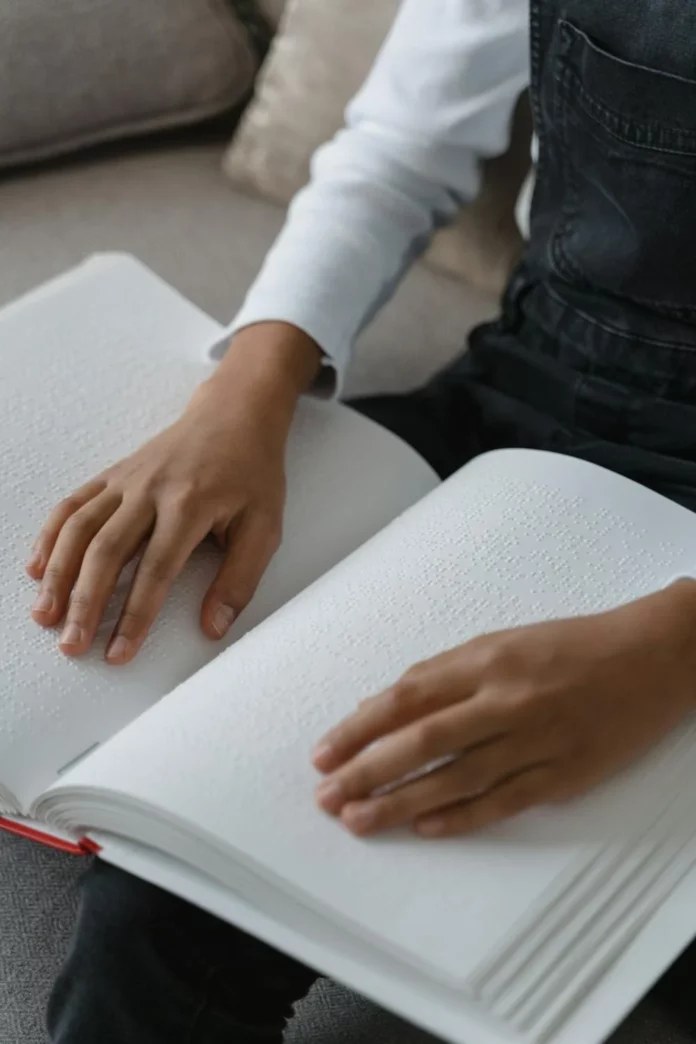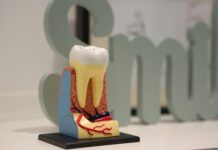Following a breakthrough gene treatment, an 11-year-old child can hear for the first time in his life.
The Children’s Hospital of Philadelphia (CHOP), which performed the treatment—a first in the United States—said in a statement Tuesday that the milestone signals hope for youngsters worldwide suffering from genetic mutation-related hearing loss.
Aissam Dam was born “profoundly deaf” due to a highly unusual mutation in a single gene.
Surgeon John Germiller, director of clinical research for CHOP’s otolaryngology division said,
Gene therapy for hearing loss is something that we physicians and scientists in the world of hearing loss have been working toward for over 20 years, and it is finally here.
While the gene therapy we performed in our patient was to correct an abnormality in one very rare gene, these studies may open the door for future use for some of the over 150 other genes that cause childhood hearing loss.
In patients like Aissam, a faulty gene hinders the creation of otoferlin, a protein required for the inner ear’s “hair cells” to transform sound vibrations into chemical impulses conveyed to the brain. Otoferlin gene abnormalities are extremely rare, accounting for 1–8 percent of all hearing loss from birth.
On October 4, 2023, he underwent a procedure partially raising his eardrum and then injecting a harmless virus engineered to carry working copies of the otoferlin gene into his cochlear fluid. As a result, the hair cells began to produce the missing protein and function properly.
After four months of treatment in one ear, Aissam’s hearing has improved to the point that he only has mild-to-moderate hearing loss and is.
According to a statement,
literally hearing sound for the first time in his life,
According to the New York Times, despite his ability to hear, Aissam may never learn to speak because the brain’s window for speech acquisition ends at the age of five.
Germiller said,
As more patients at different ages are treated with this gene therapy, researchers will learn more about the degree to which hearing is improved and whether that level of hearing can be sustained over many years




